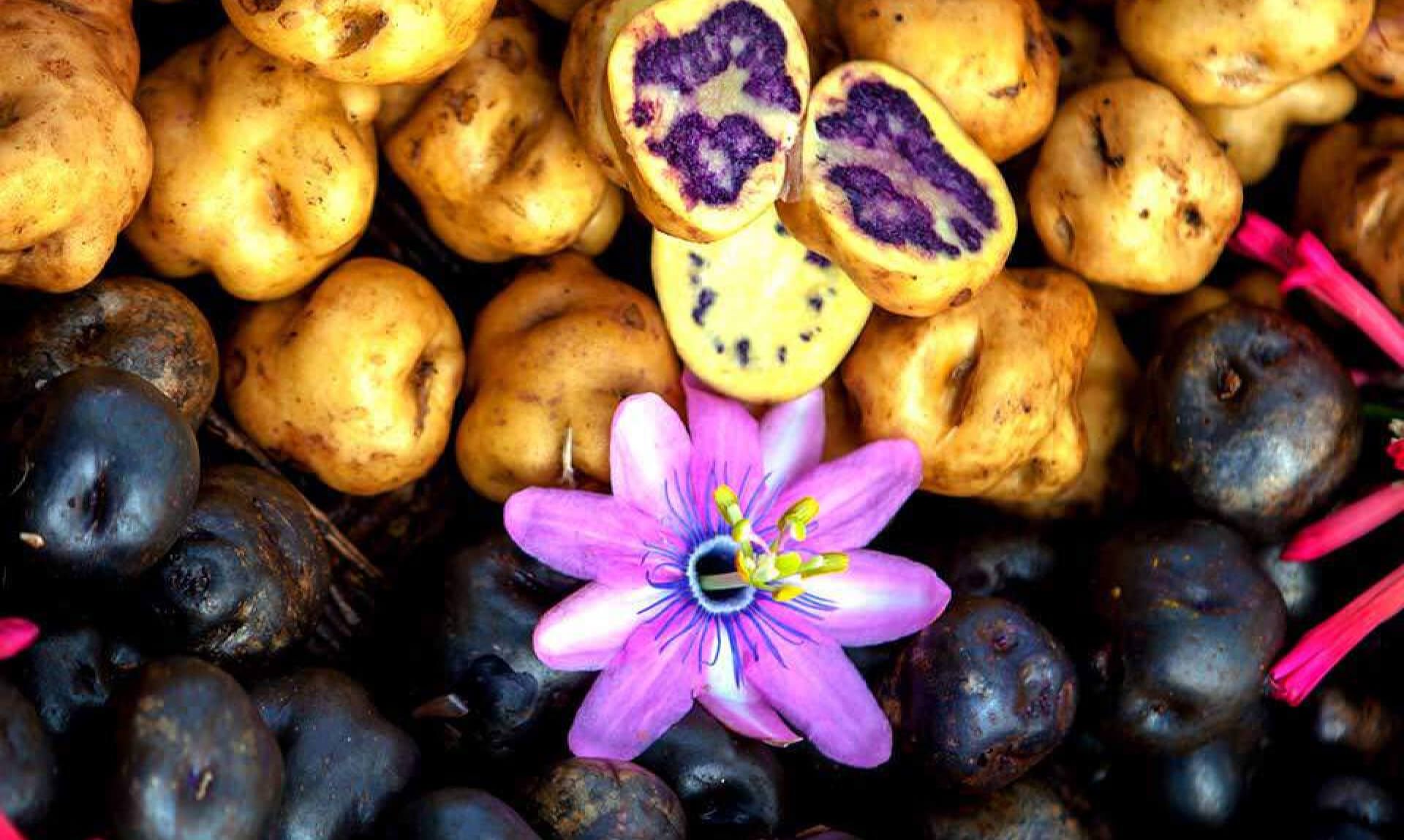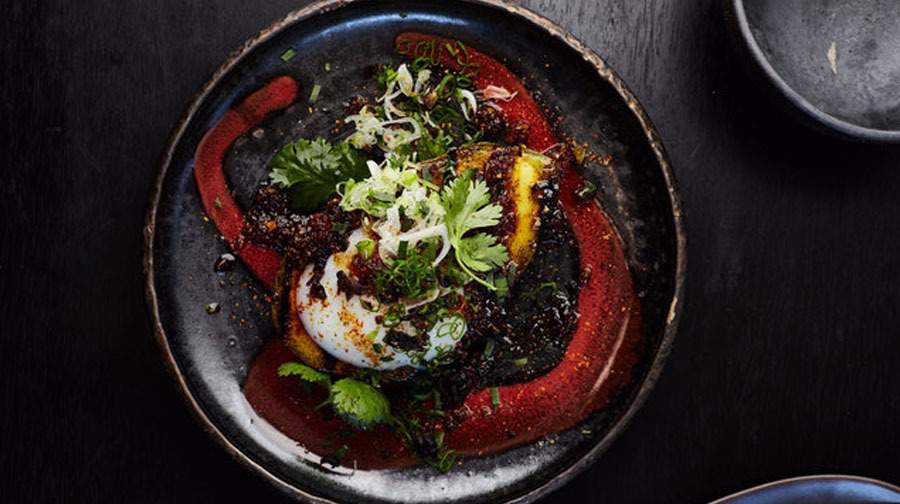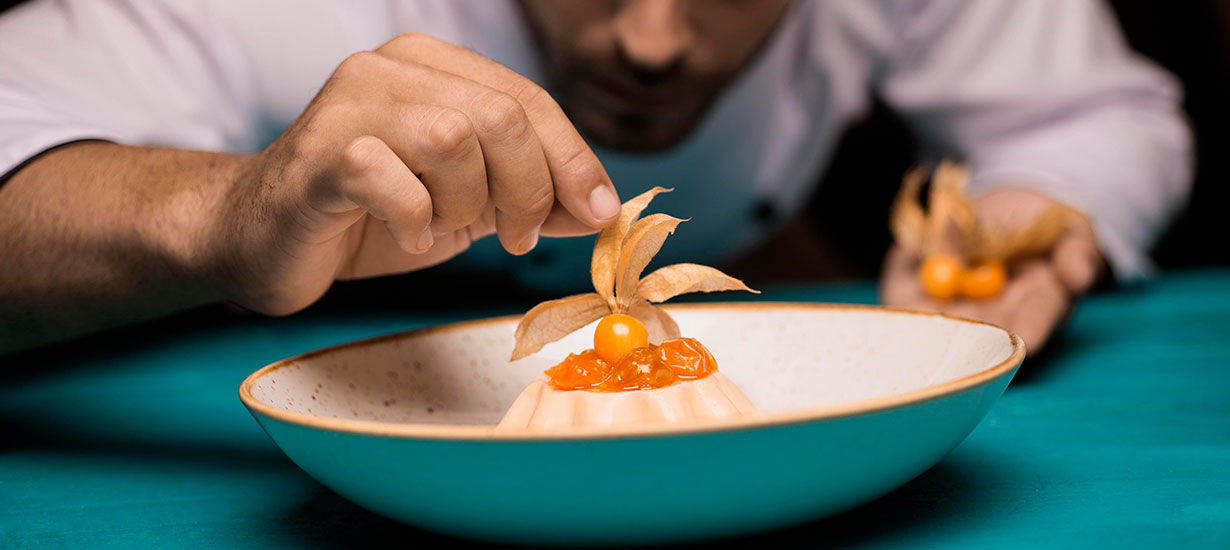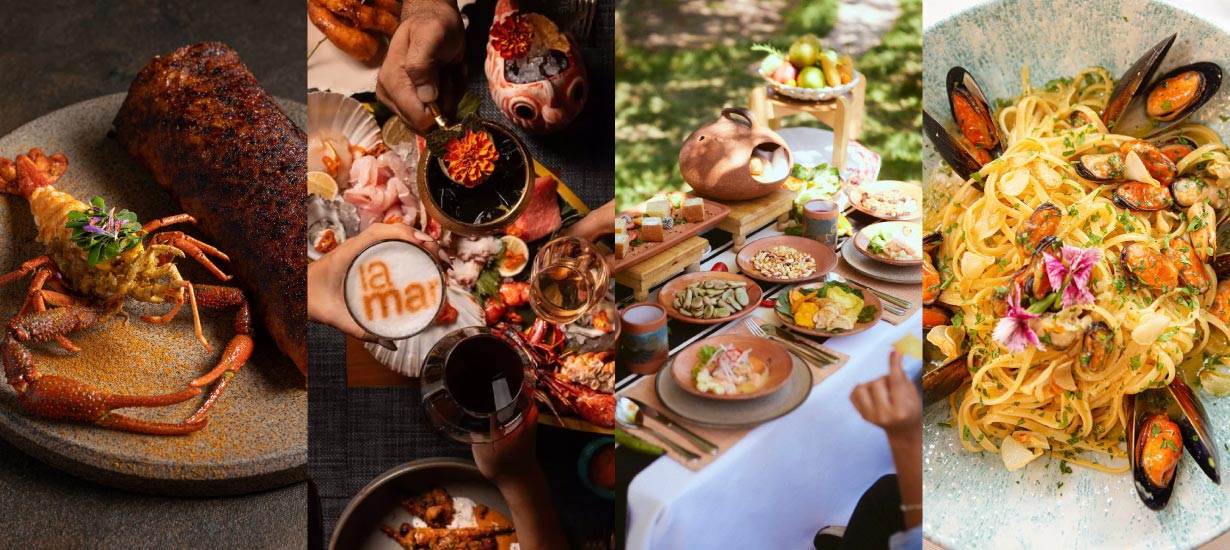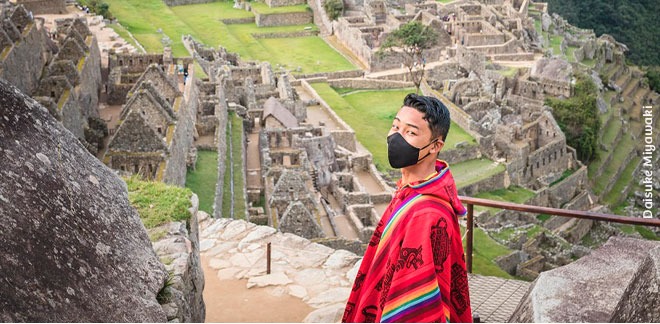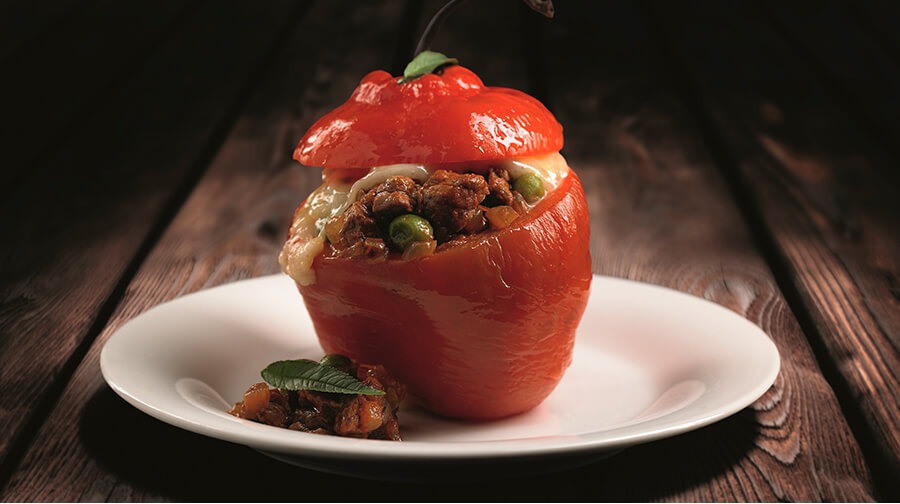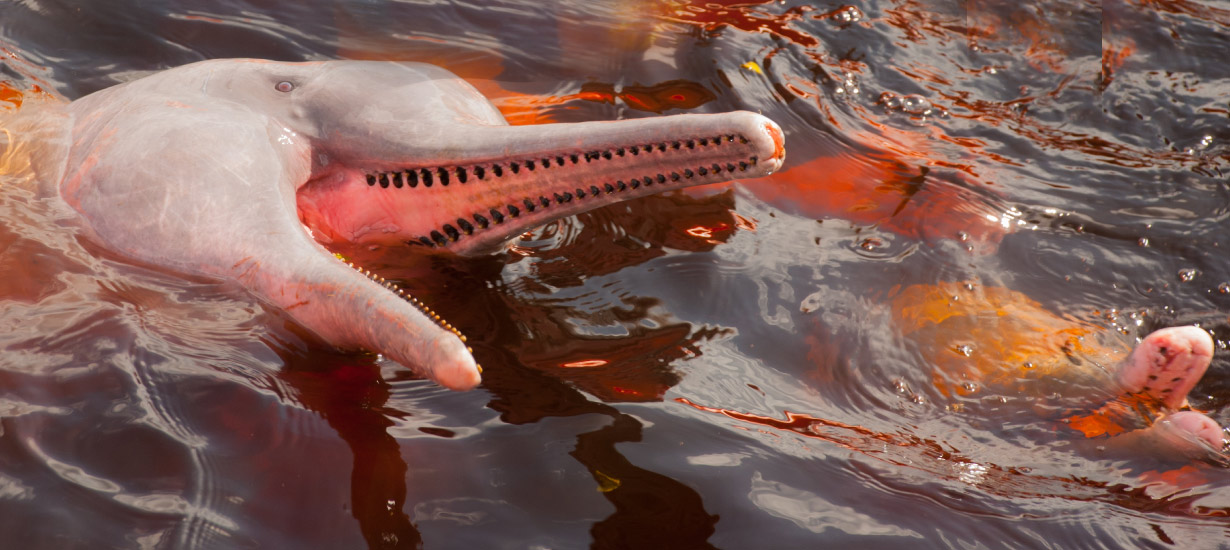In Lima, a Peruvian-Japanese hybrid does fusion right
Síguenos en:Google News
Is Dondoh a Peruvian robatayaki (Japanese barbecue restaurant) or a Japanese parrilla (Latin steakhouse)? Does it matter when the food is this good?
With Nikkei restaurants — specialists in the melding of Peruvian and Japanese ingredients and techniques over the past century — becoming an increasingly integral piece of Lima’s culinary scene, a Japanese-style meat restaurant with touches of Peru does not seem particularly out of place. The cuisine is a natural fusion that extends beyond just putting both ceviche and sushi on a menu. (Dondoh has neither, by the way.)
The restaurant is a collaboration between Renzo Garibaldi, who rose to fame with Osso, his butcher shop and restaurant that serves 300-day aged beef and all-meat degustation menus, and the chef Ciro Watanabe and the Osaka group, which has a chain of Nikkei restaurants around South America. The result is more Japanese than Peruvian, and there doesn’t seem to be a concentrated effort to force local flavors into the dishes. Rather, subtle Peruvian touches are found throughout Dondoh, like the ají limo spicing up the edamame or a sprig of culantro in the gyoza.
Inside Dondoh, which opened in December in the San Isidro district, hundreds of wooden ema prayer tablets hang above the bar, which is stocked with soju and sake. A stone divider separates the dark wood interiors of the central dining room from the open kitchen, where cooks place slabs of beef and pork on robata grills fired with white charcoal.
“The first time I saw one was in the Korin store in New York, and I immediately bought it,” Mr. Garibaldi said, referring to the grills. “We used it at Osso for anticuchos, and I experimented with it in my house for barbecues.” At Dondoh, they are used for cooking shoyu-glazed rib eyes and an asado de tira that is served with kalbi sauce and toasted sesame seeds.
Meat, however, makes up only a portion of the menu — more space is dedicated to small plates like you might find at an izakaya, such as a grilled avocado topped with a slow-cooked egg and a garlic and almond chimichurri, or tako tempura, tasty battered and fried chunks of octopus. There is even a riff on pollo a la brasa, Peru’s ubiquitous rotisserie chicken, which instead gets smoked and spiced with cardamom and shoyu, plus a Black Angus burger with a bao bun dyed black with squid ink. Sides like rice and udon noodles are scooped out of cast iron pans tableside.
“We’re trying to show that Nikkei food is more than fish,” Mr. Garibaldi said. “It can be versatile and fire is a big part of it. We like the marriage between fire and meat, as well as between cultures.”
Source: The New York Times

